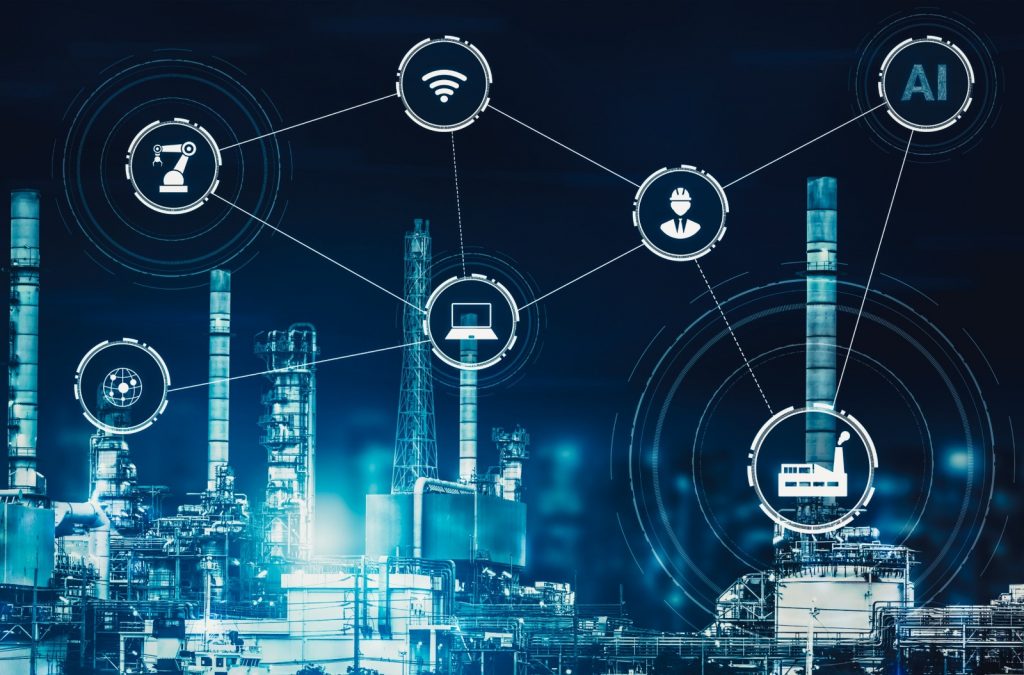IoT and smart sensors, which operate without human intervention, create data networks by communicating through specific protocols. Increasingly popular and widely used, smart sensors detect both solid and liquid objects without physical contact. These smart sensors, which are highly functional in detecting object proximity, are employed across a broad range of applications.
Applications of IoT and Smart Sensors
IoT facilitates enhanced efficiency in manufacturing facilities, water control and measurements, logistics applications, patient monitoring systems, wearable applications, and vehicle tracking systems. Analysis of water pressure differences in channels is achieved through IoT. IoT applications are also utilized to monitor areas where materials such as medicines and vaccines are stored.
The efficiency, flexibility, and productivity of the manufacturing sector are enhanced with smart sensors. IoT and smart sensors provide real-time information to engineers and technicians, transforming inputs into analyzable data. While traditional sensors’ data are interpreted by humans, smart sensors’ data are analyzed by algorithms. Working with smart sensor technology requires significant expertise, and the advantages of utilizing smart sensors are well understood.
Advantages of IoT and Smart Sensors
Versatile IoT and smart sensors reduce costs and transform business models. They offer significant benefits across all sectors, though some industries may be less familiar with them. Companies that effectively train their employees improve time management processes with IoT and smart sensors.
IoT and smart sensors reduce maintenance times and thereby decrease the frequency of breakdowns. Many industries are experiencing growth due to IoT and smart sensors. Contrary to common belief, they do not lead to unemployment but rather foster the emergence of new specializations and job sectors. Directly connected to the source, IoT and smart sensors provide assurance to manufacturers.
Types of IoT and Smart Sensors
IoT and smart sensors, which enable the creation of advanced projects, come in various types. Advanced sensor technology is gaining increasing importance. Sensors are categorized into active and passive types. Active sensors generate their own signals and monitor changes in the environment. Passive sensors, which receive and interpret signals from the environment, perform detection tasks.
IoT and smart sensors produced for specific needs address various requirements. Separate sensors are used to measure physical properties such as temperature, transmission, resistance, and heat transfer. Among the most commonly known are color sensors, touch sensors, humidity sensors, accelerometers, temperature sensors, and proximity sensors.
Classification of IoT and Smart Sensors
IoT and smart sensors are used across various technological fields based on their purposes. There are numerous IoT and smart sensors on the market with different features and brands. Image sensors, which capture optical images and convert them into electrical signals, are used in occupational safety systems. IoT and smart sensors, which measure various processes with flexibility, operate with low error margins.
IoT and smart sensors are utilized across a broad spectrum, from agricultural fields to smart homes, tourism to dark factories. Increasing in both usage and popularity, IoT and smart sensors facilitate the connectivity of devices across many industries. Representing a small segment of IoT, smart sensors facilitate data distribution with ease and play a significant role in many new applications.

